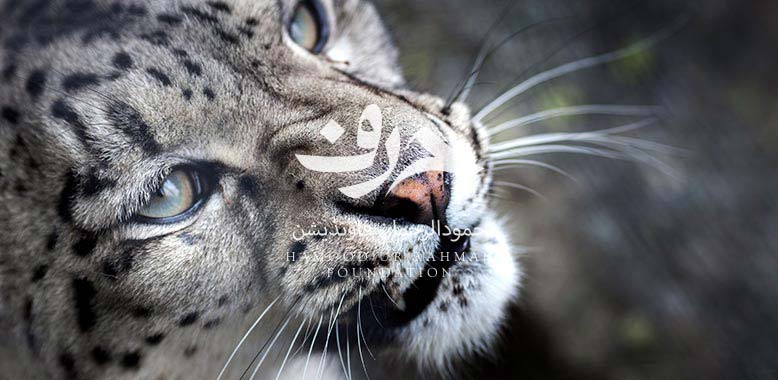Conservation Of Endangered Snow Leopards
The snow leopard plays a strategic role as both the top predator of its high-altitude habitat, and also as an indicator of its dwindling state due to climate change and human intervention. If snow leopards are thriving without danger, so will countless other species, including humans, whose livelihoods depend on the rivers flowing down from the Central Asian mountains. The snow leopard’s habitat provides important resources for local communities – food for livestock, fuel wood, meat, wool, fruits and water sources for millions of people downstream. At present, snow leopards are listed as an endangered species globally, but in Pakistan they are classified as critically endangered. The global snow leopard population is estimated to be 3,920 – 6,390 whereas the population in Pakistan is estimated to be 200 – 420, of which nearly 60% is in Gilgit, Baltistan.
The Snow Leopard Foundation (SLF) began operations in 2006, registered with SECP. In 2016, SLF established a world-class rehabilitation & quarantine center, the first of its kind in Pakistan, which spreads across 16,335 square feet at Naltar valley. SLF and HRF identified a bereft snow leopard who had been captured as a cub in 2012 and kept caged up in the periphery of Khunjerab National Park. After several negotiations and the involvement of the KPK Wildlife department, the snow leopard was rescued and transported to the rehabilitation facility.
On the daily, SLF aims to introduce innovative interventions for improving herders’ livelihood with the ultimate aim of promoting conservation. It achieves this through interventions such as community-based livestock insurance and predator-proofing of corrals. HRF collaborates with SLF to create awareness of snow leopard endangerment in the urban centres of Pakistan and the significant role of carnivores in the fragile mountain ecosystem. Along with information sessions, these activities include outdoor excursions for students and young professionals related to wildlife conservation. In particular, there are two activities that volunteers assist HRF and SLF with:
a) The installation of audio & video monitoring equipment at the Naltar Valley facility, which will include surveillance cameras, video screen, audio connections, and solar panel installation;
b) Building predator proof corrals in Khyber village.
Next Steps
At present, the Hamood ur Rahman Foundation is seeking sponsors who can donate to this cause and help promote awareness, build capacity, and facilitate ecological research in Pakistan. The donations and volunteer work will serve to enhance tolerance and build support for the conservation of the snow leopard and other carnivores in Pakistan.



